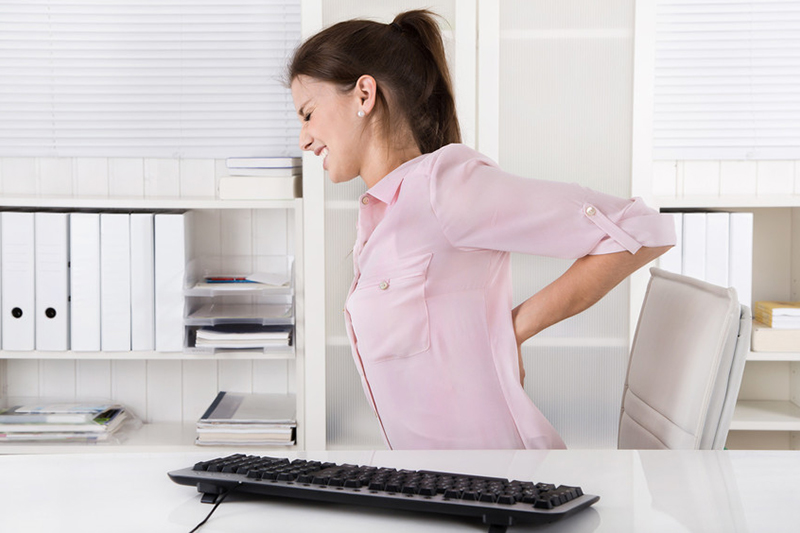
Nothing can ruin your day quicker than back pain. Unfortunately, it’s not something you can simply ignore until it goes away. There are several ways to immediately treat back pain. Healthier habits can also help resolve the underlying problem and strengthen your back. Back pain can be caused by a number of factors like spine related problems; herniated or slipped discs, bulging discs, spinal stenosis and degenerative disc disease are a few of them. It can also be caused by accidents and injuries. There are lifestyle triggers that can be brought on by things you do or don’t do like: slouching at your desk, lifting heavy objects, being overweight, not exercising, smoking, wearing high heels. Stress can lead to muscle tension in the back, and depression and anxiety may make the pain feel even worse. Back pain can also be caused by medical conditions like: arthritis, osteoarthritis, scoliosis and tumours are some of them.
Here are some tips to relieve your backache.
Back Pain and Your Posture
–
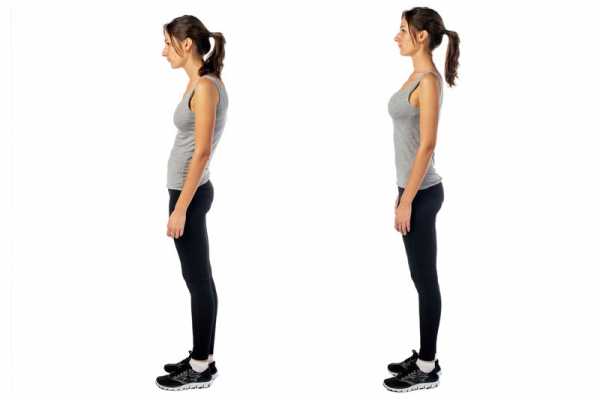
–
Slouching is bad for you. And poor posture can make back pain worse, especially if you sit for long periods. Don’t slump over your keyboard. Sit upright, with your shoulders relaxed and your body supported against the back of your chair. Try putting a pillow or a rolled towel between your lower back and your seat. Keep your feet flat on the floor.
Physical Therapy
–
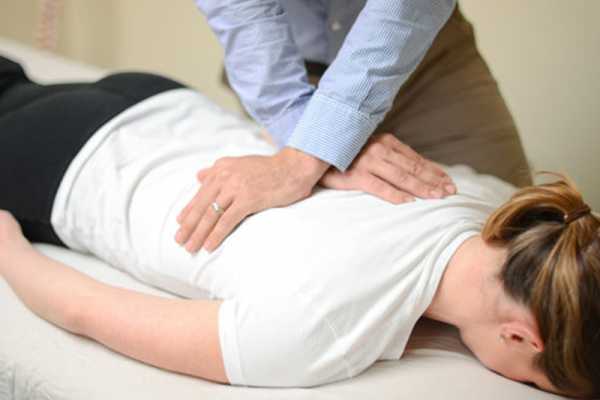
–
Physical therapists can teach you how to sit, stand, and move in a way that keeps your spine in proper alignment and alleviates strain on your back. They also can teach you specialized exercises that strengthen the core muscles that support your back. A strong core is one of the best ways to prevent more back pain in the future. Studies show that when you increase your strength, flexibility, and endurance, back pain decreases but it takes time.
Yoga
–
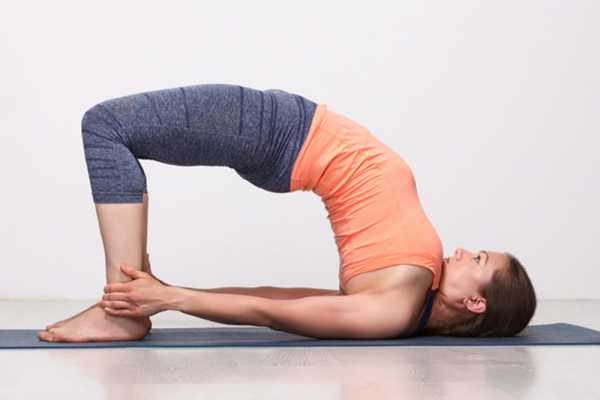
–
Taking 12 weeks of yoga classes led to greater improvements in adults with chronic low back pain versus receiving conventional care (like meds or physical therapy), research published in the Annals of Internal Medicine found.
Ice and Heat to Ease Back Pain
–
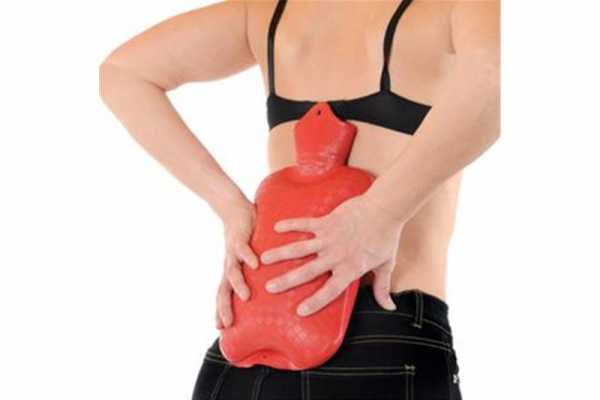
–
Regular applications of ice to the painful areas on your back may help reduce pain and inflammation from an injury. Try this several times a day for up to 20 minutes each time. Wrap the ice pack in a thin towel to protect your skin. After a few days, switch to heat. Apply a heating pad or warm pack to help relax your muscles and increase blood flowing to the affected area. You also can try warm baths to help with relaxation. To avoid burns and tissue damage, never sleep on a heating pad.
Don’t Rest an Achy Back
–
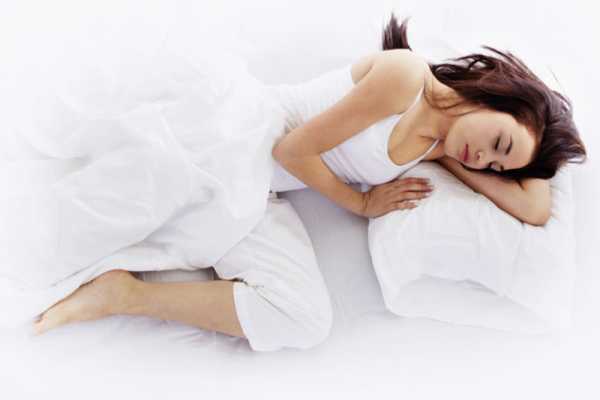
–
Bed rest can make back pain worse and lead to other complications. Don’t rest for more than a day or two. It’s important to get up and slowly start moving again. Exercise has been found to be one of the most effective ways to relieve back pain quickly. Try swimming, walking, or yoga.
Massage
–
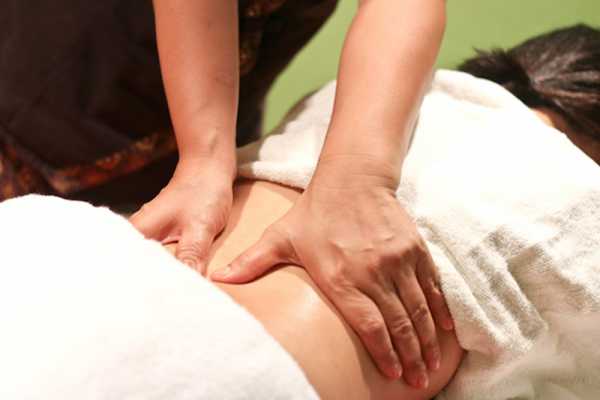
–
Massage therapy can provide substantial healing and pain relief for people suffering from low back pain caused by muscle tension and strain, if the correct muscles are targeted. A skilled massage therapist can provide substantial back pain healing. A recent study found that one weekly massage over a 10 week period improved pain and functioning for people with chronic back pain. Benefits lasted about six months but dwindled after a year. Another hands-on approach is spinal manipulation. Performed by a licensed specialist, this treatment can help relieve structural problems of the spine and restore lost mobility.
Sleep
Sleeping on your back is best. Spending a few nights on the floor with a pillow underneath your feet can really help your back, even if it might be a little trickier to stay sound asleep. If you’re a side sleeper, putting a pillow between your knees can help by allowing your muscles to relax more. Sleeping on your stomach can be bad for your back.
Stretching
–
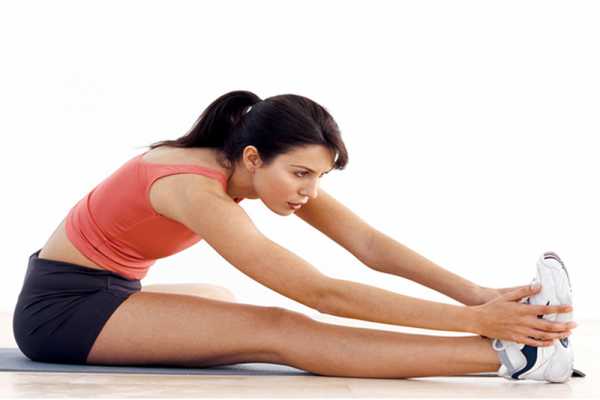
–
Stretching serves two main purposes: It loosens up tense muscles and strengthens those that need some help. Depending on the location and cause of your back pain, certain stretches can reduce back pain, while others can cause more pain. Stretching should be gentle, so stop any stretching exercise that causes pain. If you force a stretch, you could do more damage than good. Consult your doctor for help in deciding the best stretches for your back pain. Once you get the hang of it, regular stretching can ease back pain quickly and effectively.
Over-the-Counter Medicines
–

–
There are many over-the-counter medicines for pain, even some targeted for back pain, such as Tylenol or Advil. Sometimes back pain can be so severe that it might require use of painkillers. Be sure to follow the usage guidelines and take only the recommended amount. If you’re taking pain medication regularly for your back pain, you should talk to your doctor, as these medicines may have more unwanted side effects in the long run.
Rubs and Ointments
–
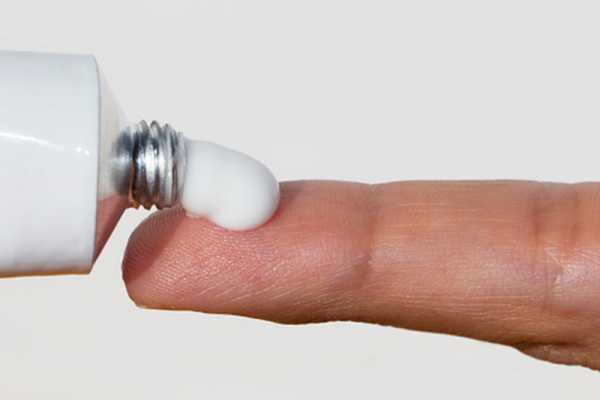
–
There are plenty of pain rubs and ointments on the shelves. Some standards include Icy Hot or Tiger Balm. The effectiveness of these medications can vary from user to user, so go with what feels best and suits your needs. Some typical turn-offs with these ointments are the smell and difficulty of putting it on your own back. One popular product is Biofreeze, a natural compound with a cooling sensation without the greasy texture. It comes in menthol and unscented varieties as well as a spray form.